Ash Sharqiyah North Governorate
Explore Tours
North A’Sharqiyah Governorate overlooks the internal side of the Hajar
Mountains, to the north it is connected to Muscat Governorate, to the west
is Al Dakhiliyah Governorate, and to the east and south is South
A’Sharqiyah Governorate. It includes six districts: Ibra, Al-Mudaybi,
Bidiyyah, Al Qabil, Wadi Bani Khalid and Dama Wa Al-Taeyeen.
The Sharqiyah Sands allows visitors to experience the desert first hand,
with dunes reaching as far as the horizon and the area teeming with
wildlife. Local Bedouins continue to breed livestock, including camels and
Arabian horses, and visitors get the chance to see camel racing and other
competitions throughout the year.
Included/Exclude
Tour Amenities
Tour Plan
| Time | ACTIVITY |
| 8:00 AM | DEPARTURE |
| 8:15 AM – 9:15 AM | Visit and Explore Al Mudayrib Village |
| 9:15 AM – 10:15 AM | Visit Ibra Village |
| 10:15 AM – 11:15 AM | Shopping at the traditional souq and camel market |
| 11:15 AM – 4:15 PM | Lunch and swimming at Wadi Bani Khalid |
| 7:00 AM | Back to hotel |
AL MUDAYRIB VILLAGE
Al Mudayrib has managed to keep its atmosphere and character. The
historical center is surrounded by small hills with watchtowers which are
visible from afar.
Al Mudayrib is still inhabited as it always was, although here too new
buildings are emerging around the old settlement.
In the middle of the hollow the houses cluster around the only falaj. The
oldest extant buildings in Al Mudayrib are from the 18th century. The
comparatively good condition of the walls is thanks to the solid manner of
construction – the stones were bound together with a mixture of clay and
plaster. The large buildings equipped with defensive towers were used by
the various clans as meeting points. In times of war they served as a
defensive refuge for individual members of the tribe or for large families.
SINAW CAMEL MARKET AND TRADITIONAL SOUQ
Sinaw Souq, a bustling market located in a dusty outpost town seemingly
lost in the middle of two worlds, only a few hours drive south from the cities
of Nizwa and Muscat, and north of the desert regions of the Wahibah
Sands and Empty Quarter. This crossroads means it bursts into life each
week when the Bedouins flock to the market on Thursday morning to sell
anything and everything, most excitingly for me, camels. So many camels.
The livestock pit auctions of camels at an alarming pace, just as one camel
is unloaded and lined up along the fence, while someone inspecting the
others will whip up a frenzy, and before you know it, the camel is taken
away and hoisted using belts and pulleys into the back of another pickup.
The speed of activity never ceases to amaze me, and it creates an everchanging scenario that unfolds like a Shakespearean play. There are not
only camels but a variety of other livestock, such as goats and cows.
Nearby the butchers have a selection of choice cuts and fresh fish trucked
in daily.
Ibra
Ibra (Arabic: ابراء (is the second largest city in the Ash Sharqiyah
Region of Oman. It is located about 170 km (2 hours) from Muscat and has
a population estimated at 55,000 people.
Ibra is one of the oldest cities in Oman and was once a centre of trade,
religion, education and art. The city acquired its importance as an important
meeting point at the base of the Ash Sharqiya.
Ibra is home of the Al Harthy, Al Maskary, Al Mughairi and Al Riyami tribes,
some of the biggest tribes in Oman, and all of which are very prevalent in
Ibra. Sheikh Saif bin Hashil Al-Maskary is one of the most prominent
Sheikhs of Ibra. Sheikh Saif bin Hashil Al-Maskary is among the biggest
businessmen in Oman, he has invested heavily in improving Ibra and its
infrastructure. Sheikh Saif was also a former GCC Assistant SecretaryGeneral for Political Affairs and Ibra is his tribal home town. Ibra predates
the Prophet Muhammed's calling. The city contains many castles and old
mosques.
Ibra has become a more modern city since 1970 under the reign of Sultan
Qaboos. Improvements include connections to Muscat via a two-lane
highway, which has increased tourism. Communications have been
improved to include broadband access, and there is now a substantial
hospital. Ibra provides three choices of higher education: Ibra College of
Technology, Ibra Nursing Institute, and beginning in the fall of
2010, A’Sharqiyah University. There are now two hotels in Ibra, and
tourism is promoted in the area.
WADI BANI KHALID
Wadi Bani Khalid is one of the best-known wadis in the Sultanate of
Oman. Its stream maintains a constant flow of water throughout the year.
Large pools of water and boulders are scattered along the course of the
wadi. As a geographical area, the wadi covers a large swathe
of lowland and the Hajar Mountains.
Kuhūffo rm some of the features of this wadi. These include Kahf
Maqal (لَمقَ هفْكَ( , which was described as an "underground chamber" of the
Sultanate of Oman, or the akthar (رَكثْ َ
أ,' best') out of 4,000
caves. Aflāj (underground canals) or ʿUyūn are also common in this wadi,
ʿAin and ) َعْين ٱل َّصا ُرْوج) Ṣārūj-aṣ ʿAin , )َعْين َح ُمْو َدة) Ḥamūdah ʿAin including
.
Location
Find a route from your location
Related Tours
- Quality3.67
- Location4.33
- Amenities4.67
- Services4
- Price4


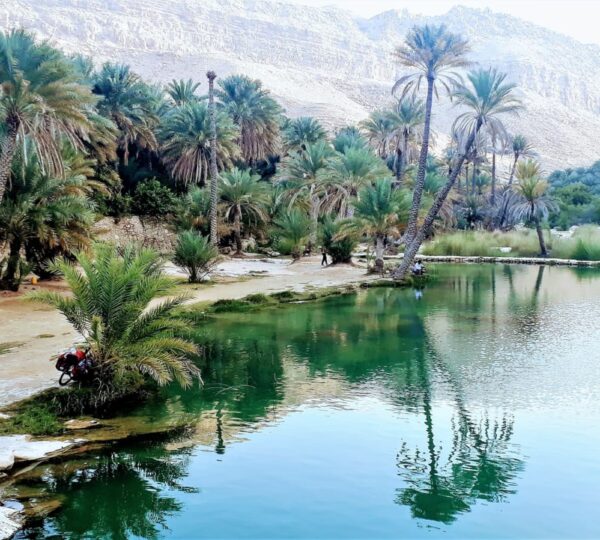
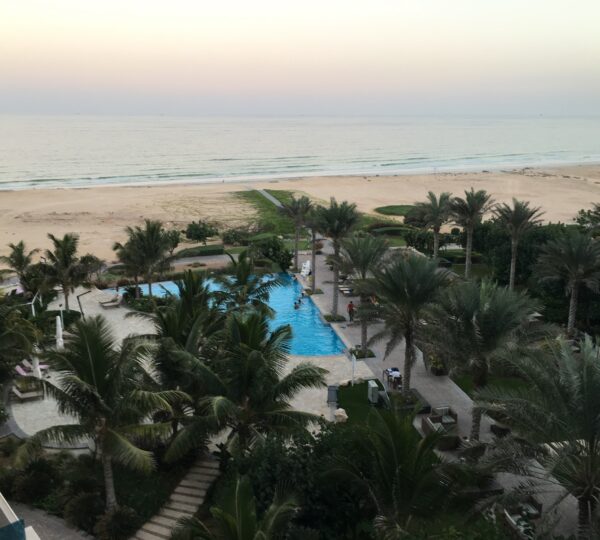

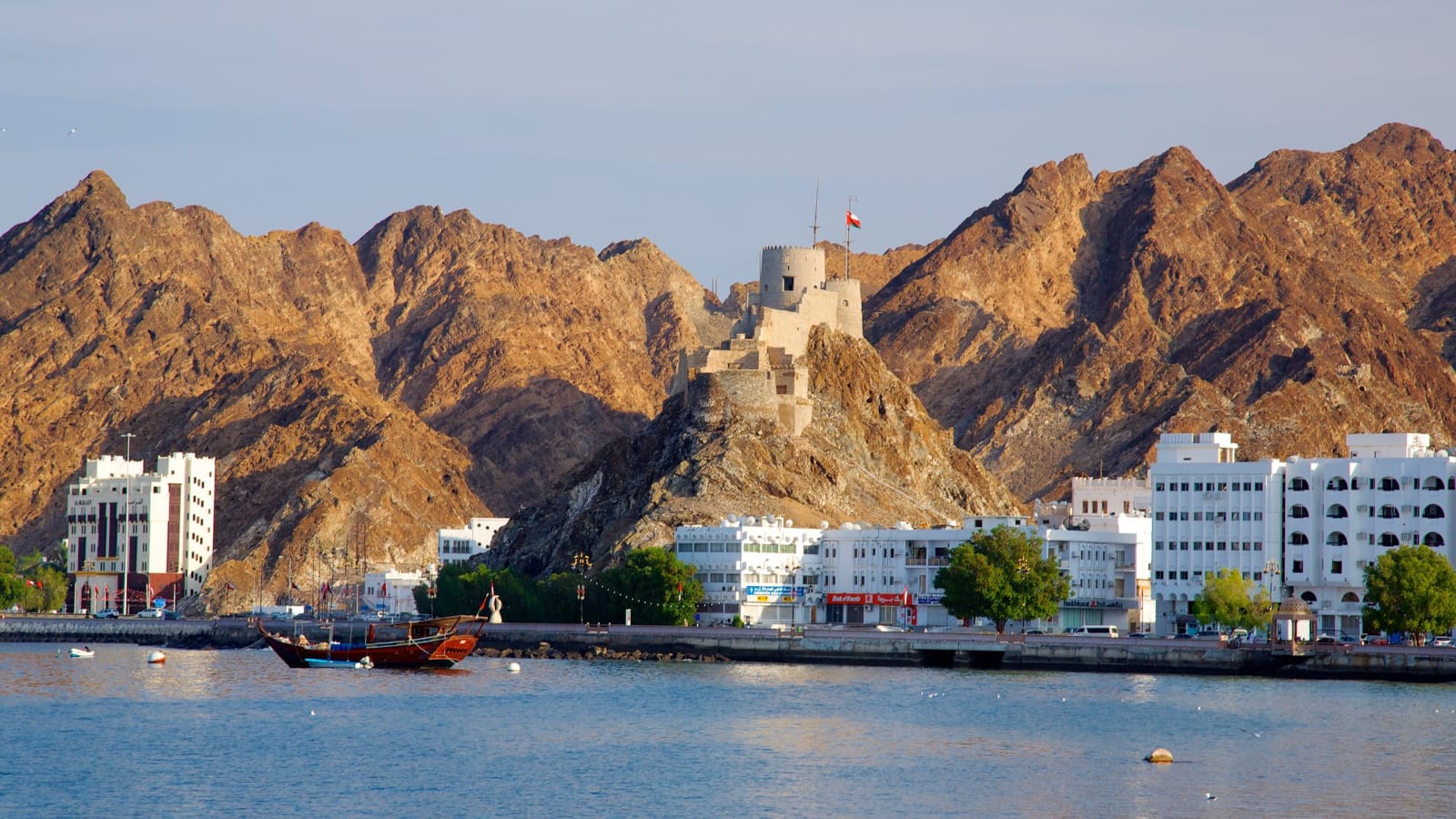
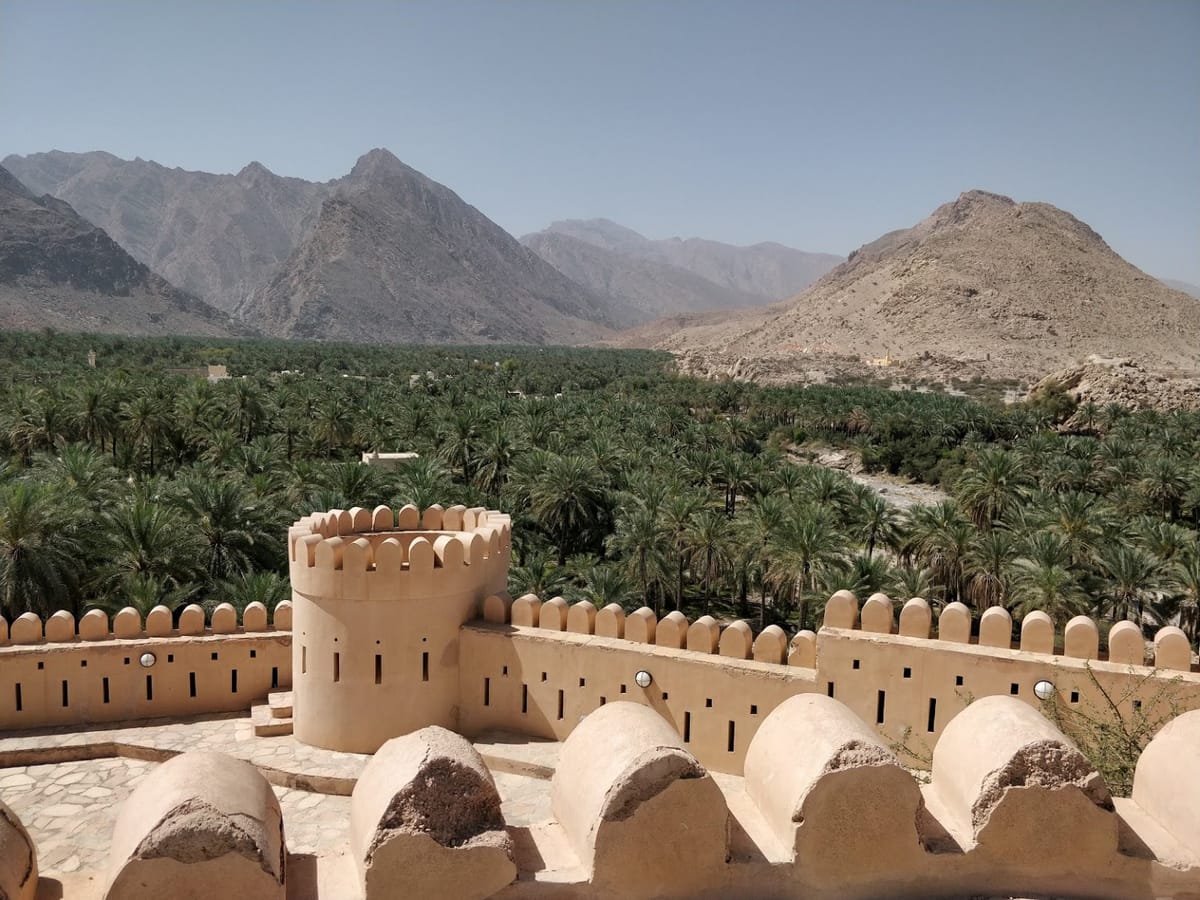
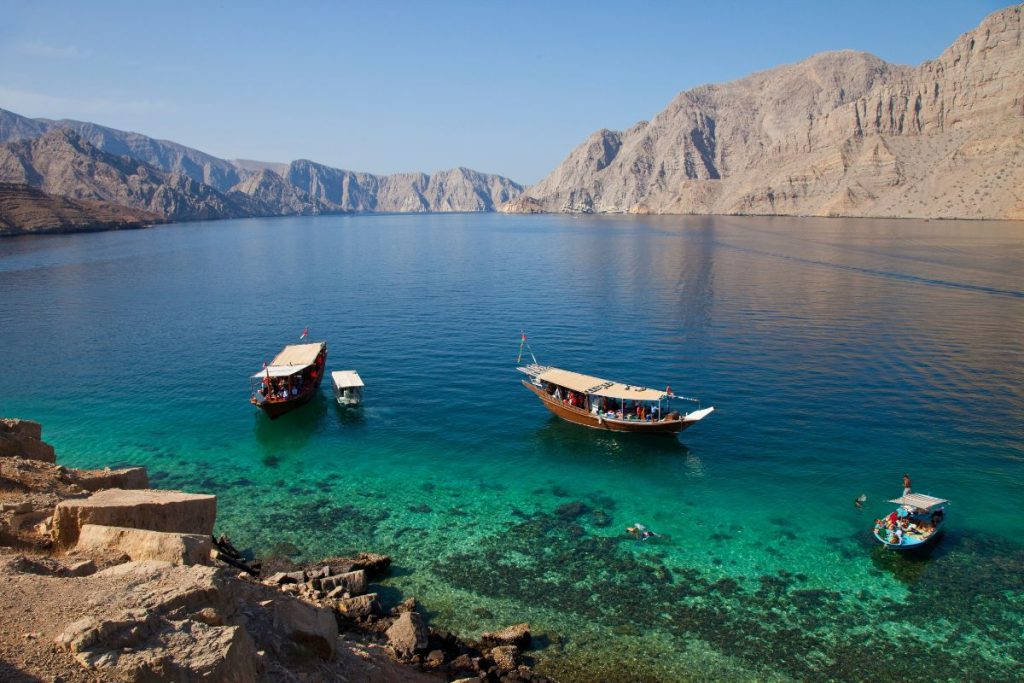
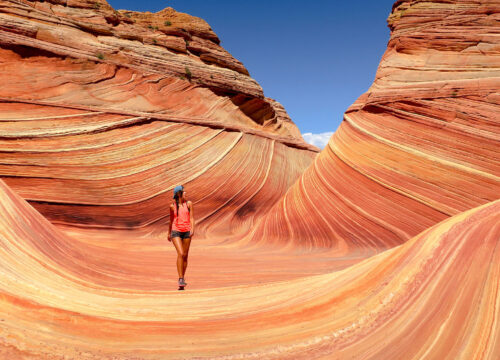

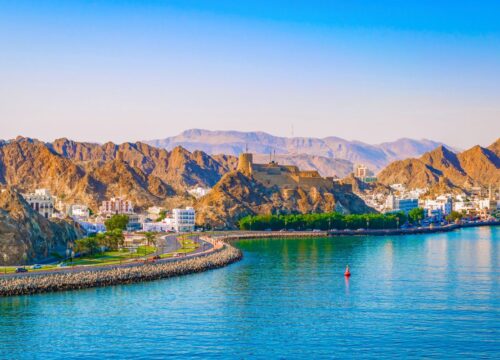

4.4
It is a great place to shop not too far from New York. We took the bus from Port Authority and traveled through the countryside to get there.
4.2
This is the best tour on the east coast! It was amazing how many places we visited and what great memories we made!
4
We always stay at here when in town. The location is great, staff is wonderful and we love the overall feel. Beautiful view from the here.